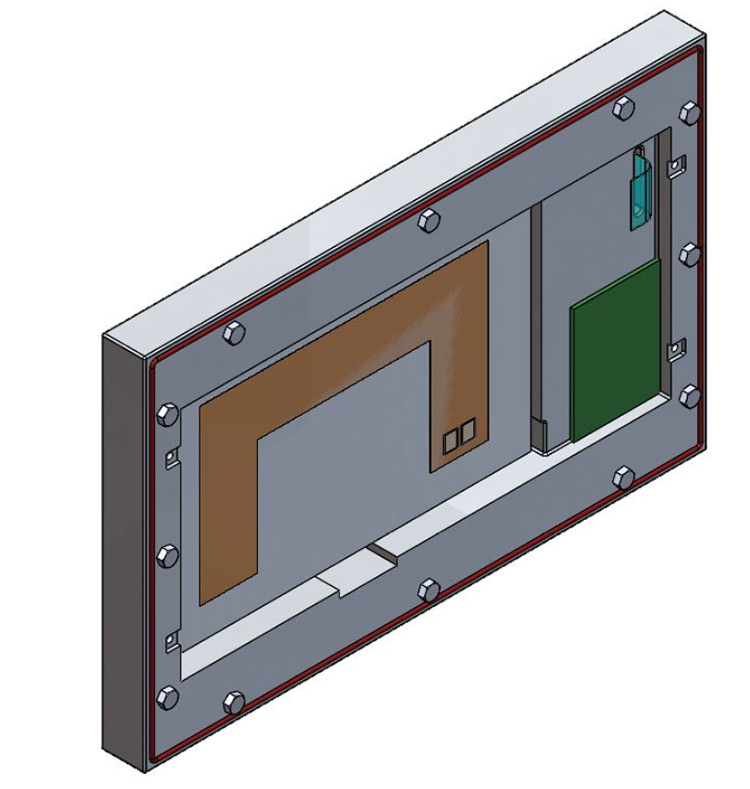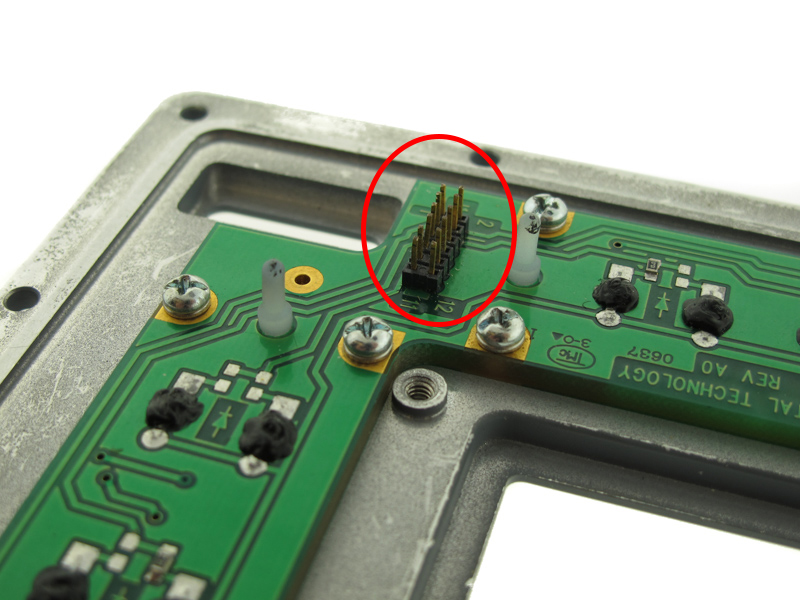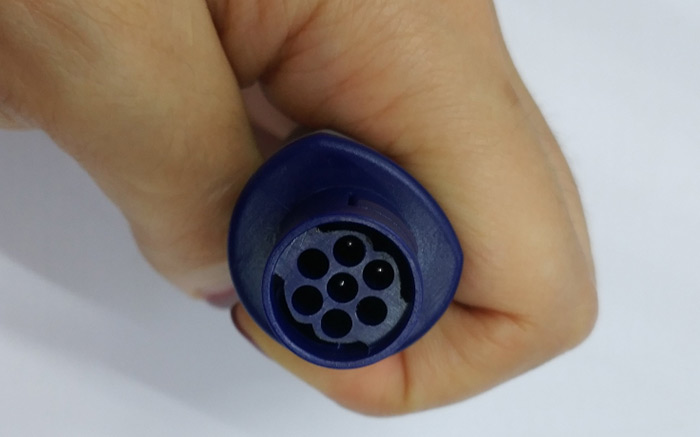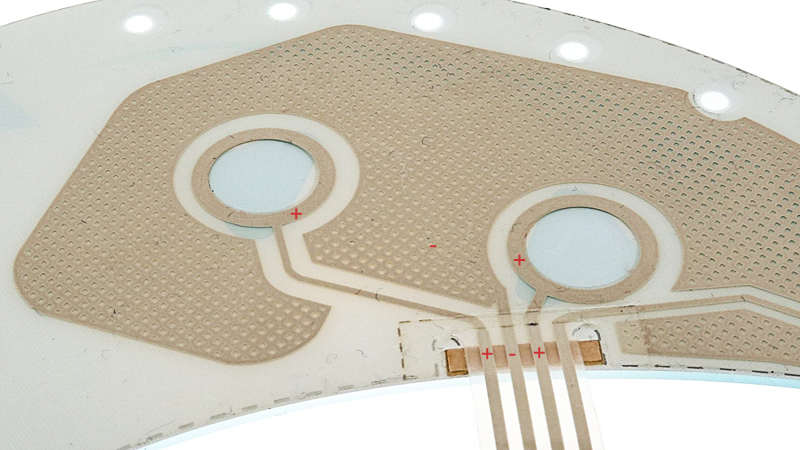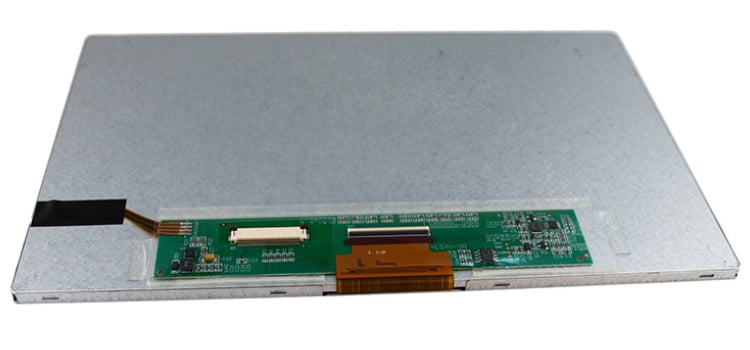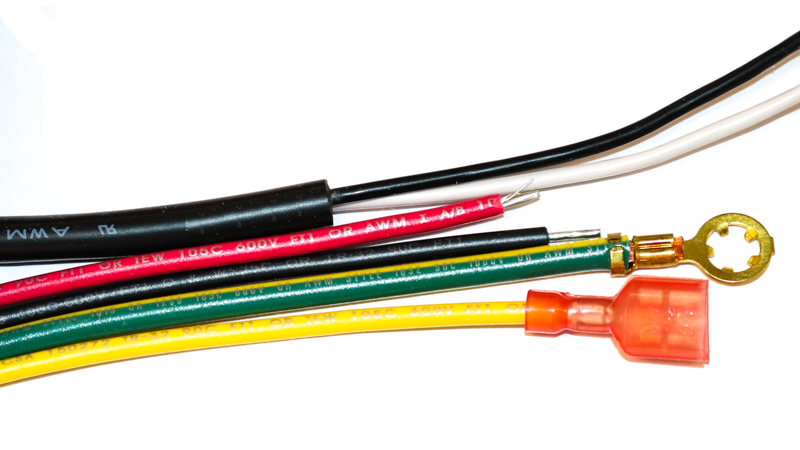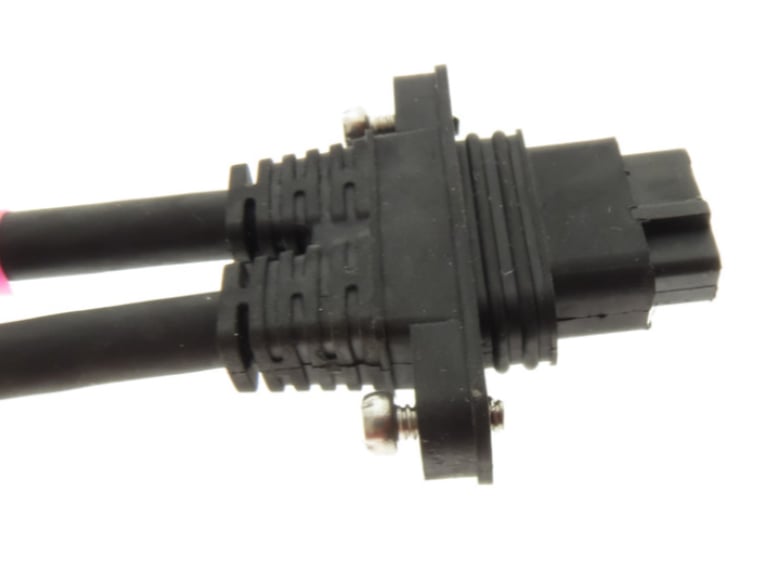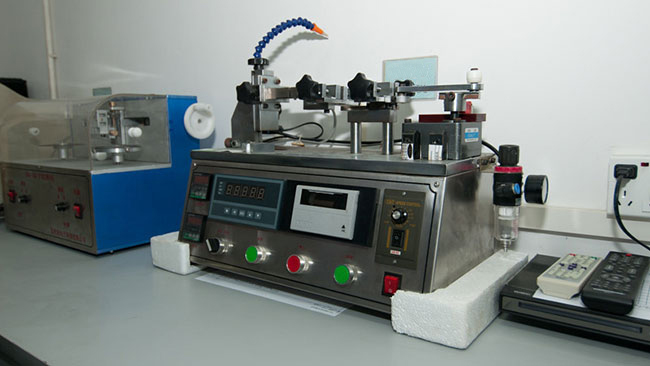Electronic devices requiring custom cable assemblies place our customers into a unique situation. They require a custom cable to ensure that their devices can operate for the desired application but also require these cables to be manufactured in a timely and economic fashion.
Steven J Goodman

Recent Posts
Medical devices are used globally to diagnose health issues and provide life-sustaining care. These devices need to have quality parts and components to operate, including cable assemblies that provide a variety of functions. Due to the nature of these devices and the industry in which they are used, manufacturers must ensure quality management processes are put into place. If a product malfunctions while in use, it could put the patient's health in jeopardy.
When tackling any new project, it’s human nature to focus on the most difficult and uncertain tasks first, while leaving the perceived low-risk and simple activities for the end. When it comes to developing a new product, whether it be for a medical device, commercial widget, or even a mil-aero box build, the initial focus is on the major system elements.
Front panels, bezels, and other types of human to machine interface equipment use several circuit technologies to operate. These circuit types usually involve some form of printed or etched traces using conductive materials like copper and conductive ink. These custom layouts are routed across insulating sheets and films, eventually becoming circuit boards and flex circuits. Dome switches, LEDs, and touchscreens can be added to these everyday circuit boards, bringing them to life as a high-technology HMI solution.
Custom medical cable assemblies are critical for today’s healthcare system. Many lifesaving pieces of equipment can function because of the high reliability custom cables that are designed to operate in this demanding environment. Medical cable assemblies may be required to withstand exposure to harsh electromagnetic fields and sterilization procedures while also carrying a biocompatibility rating.
The use of capacitive touch switch technology is widespread and becoming more frequent each day. Capacitive touch switches are common on thousands of everyday devices including gas station pumps, smartphones, lamps, automobile dashboards, and even the smart speaker in your home.
The use of liquid crystal displays (LCDs) in user interface assemblies is widespread across nearly all industries, locations, and operating environments. Over the last 20 years, the cost of LCD displays has significantly dropped, allowing for this technology to be incorporated into many of the everyday devices we rely on.
One of the first steps in designing a custom cable assembly is selecting the wire. There are lots of options to choose before the design can be frozen. Selecting a UL spec wire can be challenging if you are unfamiliar with the standards but knowing just a few options allows for a simplified design.
At the conclusion of our webinar, Managing the Development of Your Overmolded Cable, we had several questions submitted to our presenter, User Interface & Cable Assembly Product Manager Steven J. Goodman. We compiled these into a readable format on our blog.
Custom cable assemblies are used everywhere in a variety of applications, supporting a diverse customer base. These custom cable assemblies may transmit power, data, or other high-fidelity signals during their operation, and in some applications may be used for life-saving or mission critical equipment. These cables must be reliable enough to continuously transmit signals without failure, and be strong enough to withstand certain mechanical stresses, and durable enough to withstand the environment they will operate within.


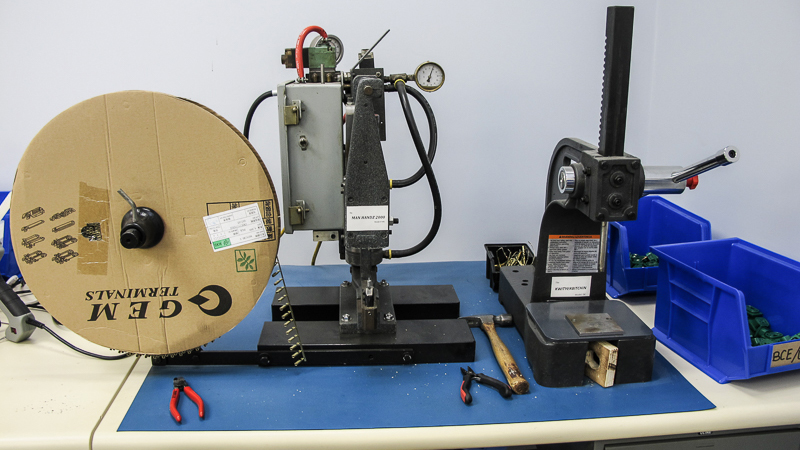
.jpg)
